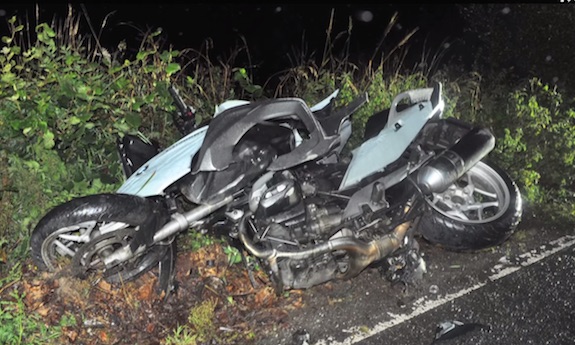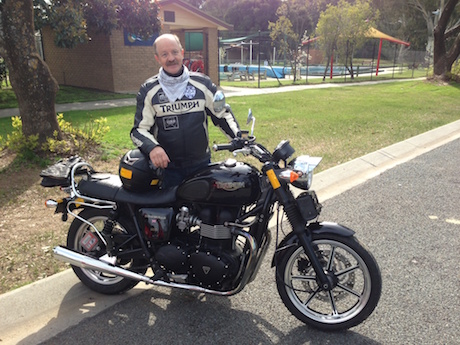Road safety programs are often based on road crash statistics. But when those statistics are conflicting or even wrong, how can the safety initiatives be effective?
Unfortunately, most crash statistics are sourced from the police who are not qualified to collect and collate data. They seem to opt for “speed” as the factor in most crashes.
Their reports often form the basis of speed limit changes and police crackdowns. Many of these focus on motorcyclists who are often quoted as overrepresented in crash statistics.
In one glaring example of incorrect crash statistics, VicRoads director for the Metro North West region said that in the five years to 2013 there were 199 crashes recorded on a particular street and speed was a factor in 152.
Yet five months earlier, the RACV questioned the validity of theses figures. An RACV consultant who surveyed police reports claims that 30% of the 199 crashes hadn’t even occurred on that street.
That’s a difference of 60 crashes, says Victorian motorcycle advocate Rodney Brown.
“How can anyone come up with a safety strategy if the data is different or is incorrect from one organisation to another?” he asks.
He says the 2012 Parliament of Victoria Road Safety Committee “Inquiry into Motorcycle Safety” report made 64 recommendations to improve motorcycle safety. The first recommendation was establishing an independent office of road safety data.
More than four years later it still hasn’t been created.
In fact, VicRoads says it’s not needed. The top recommendation. Not needed!
But even if it had been established, that would only address a problem within one state.
David Bobberman of Austroads told the recent Australasian Road Safety Conference in Canberra we need greater focus on nationwide crash statistics, not just specific locations and individual projects.
Motoring Advisory Council member Hassan Rastazadeh told the conference the problem extended to between authorities and interpretation of injury terms.
He says there needs to be a linkage between crash and hospital data. Until 1990 the only crash statistics used for road safety came from the police. Health information and now CTP claims and lifetime care data have only been included since 2012.
He also says definitions of what constitutes a serious or moderate injury vary across each jurisdiction. That is despite there being a national definition that says serious injury is “all those requiring hospitalised care”. Moderate injury is defined as “attend emergency department only but not admitted”.
National framework
Motoring Advisory Council chairman and Australian Motoring Enthusiasts Party member Pete Styles says they are calling for a national data collection framework.
“It’s my observation that crash data in Australia is so poorly captured we really do have no chance of hitting our trauma reduction targets set by the National Road safety Strategy,” he says.
“Vision Zero while noble is nothing more than a dream if we don’t start capturing comprehensive crash data now.
“Right now we barely capture factors that caused or influenced severity of the crash. Speed, alcohol, fatigue and seatbelts is about as far as most states go. Capturing road trauma medical records is only just starting to happen now in places.
“Unless it’s a fatal very little gets recorded. We simply record the where, who, what time, what car and basic site observations.
“We have no idea if the driver was distracted, drugged, suicidal or driving like a Muppet.
“Speed is only such a big problem to our experts because they aren’t looking at the whole picture in crash data. It’s all inherently accepted by the current ‘safe system’ approach which seems to be hell bent on ignoring the driver element. It’s too hard to get drivers to be responsible.”
He says AMEP wants to include insurance industries, health care systems, licensing and policing systems to input statistics into one government-run crash database held and managed by the bureau in charge of national crash statistics.”
Most of us are not fans of creating another level of bureaucracy, but surely it’s time for a national road crash data organisation that sets standards, definitions and data collecting protocols and includes statistics from all relevant areas.
Otherwise, riders will continue to be targeted by misguided and unfounded “road safety programs” … in other words, police crackdowns on speed, loud exhausts, short fenders …



